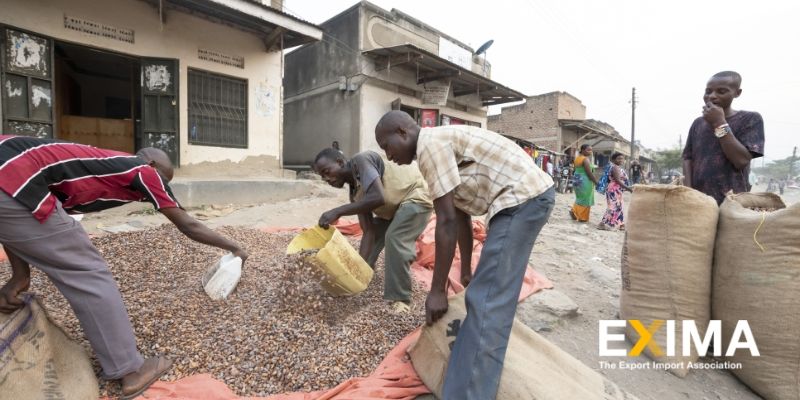The international economy saw a drop in 2020, but a dramatic rebound in 2021. The total amount of trade now exceeds pre-pandemic levels, but the impacts of trade on individual commodities, services, and trade partners are incredibly diverse, putting strain on specific supply chains.
As a result of the diversity of trade effects and variations in trade flows across goods, sources, and destinations, consumers, businesses, and governments are facing substantial uncertainty and adjustment costs.
How Are Things in the Middle East?
The World Bank has offered interesting insights into the future of export and commerce in the Middle East region. The Middle East and North Africa (MENA) region's economies, according to the World Bank, are forecast to grow by 5.2 percent in 2022, the quickest rate since 2016, thanks to oil-price gains benefiting the region's oil exporters.
“However, this prognosis is fraught with uncertainty owing to the ongoing conflict in Ukraine and threats from COVID-19 variations,” says a recent forecast by the World Bank.
The Reality Check: Forecasting Growth in the Middle East and North Africa in Times of Uncertainty, the World Bank’s latest economic update, forecasts an uneven recovery as regional averages mask broad differences.

How Do Countries Stand to Benefit?
In fragile countries, higher oil prices and vaccination rates will benefit oil producers. Inflation risks for the entire region are raised by tighter global monetary policy, the unpredictability of the pandemic, and ongoing disruptions of the supply chain.
"In the current context of global and regional uncertainty, getting the most accurate forecasts possible becomes even more important. Lack of data and limited data openness are risky strategies. Only with better and more transparent data can forecasts, and with them planning and policy formulation, improve," said Roberta Gatti, World Bank Chief Economist for the MENA region.
One of the most important findings of the report talks about how despite the projected growth rate of 5.2%, GDP per capita does not stand to exceed pre-pandemic levels. It is therefore high time the MENA nations look at other avenues of growth from activities like export, import, and international trade.
Let EXIMA Help You
EXIMA’s ultimate goal is to provide our users with all the knowledge we have on international trade. For more trading information, make sure to check out our other articles here!









